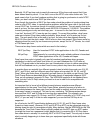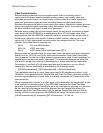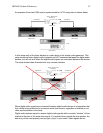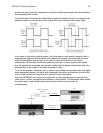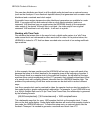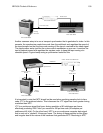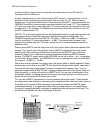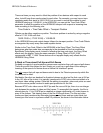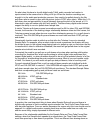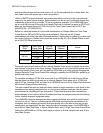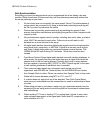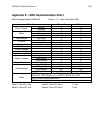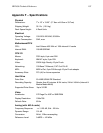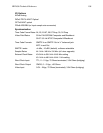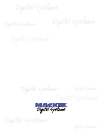HD24/96 Technical Reference 105
Safe Synchronization
Everything you have just learned above can be summarized into a few handy rules and
maxims. Recite these rules 20 times each day until they become permanently etched into
the neural pathways of your brain.
1. No two clocks ever run at exactly the same speed. Period. This phenomenon of
nature cannot be corrected for by living in denial and pretending everything will
be OK if you don’t synchronize the clocks.
2. Devices can be correctly synchronized only by matching the speed of their
primary timing/drive mechanisms and aligning the position of their transports with
respect to time.
3. All synchronization signals used in a setup, including time code, video, and word
clock, MUST be resolved to each other. Failure to do so will result in drift
between two or more devices in the setup.
4. All digital audio devices that share digital audio signals must be locked together
using word clock, superclock, or AES Null. Failure to do so may result in pops
and clicks if digital audio paths are connected between various devices. The
HDR24/96 has NO self-clocking I/O interfaces. Word clock must be used
instead.
5. Free Bonus Factoid: Some digital audio devices have self-clocking interfaces. In
other words, the signals that carry the audio also carry a signal from which the
sample clock of the unit can be derived. Typically this is true of many devices
that are capable of receiving AES, S/PDIF, or ADAT Optical signals. In the case
of self-clocking interfaces no additional clock is needed.
6. Time code and video signals are not sample clock signals; word clock,
superclock, and AES Null are. Some devices, like the HDR24/96 can resolve
their Sample Clock to video. Others can resolve their Sample Clock to time code.
7. When left to choose between using MTC or LTC, use LTC.
8. If a device does not support all six of the standard Time Code Frame Rates,
make sure you understand how the nomenclature is used in relationship to these
six rates.
9. When doing pull-ups or pull-downs, make sure you understand exactly how the
equipment you are using works to avoid the pitfalls of inconsistent nomenclature
and methodology.
10. When reading LTC from or feeding LTC to analog tape it is best to use a time
code reshaper/regenerator in the signal path. Never use EQ, compression, or
noise reduction on LTC.



